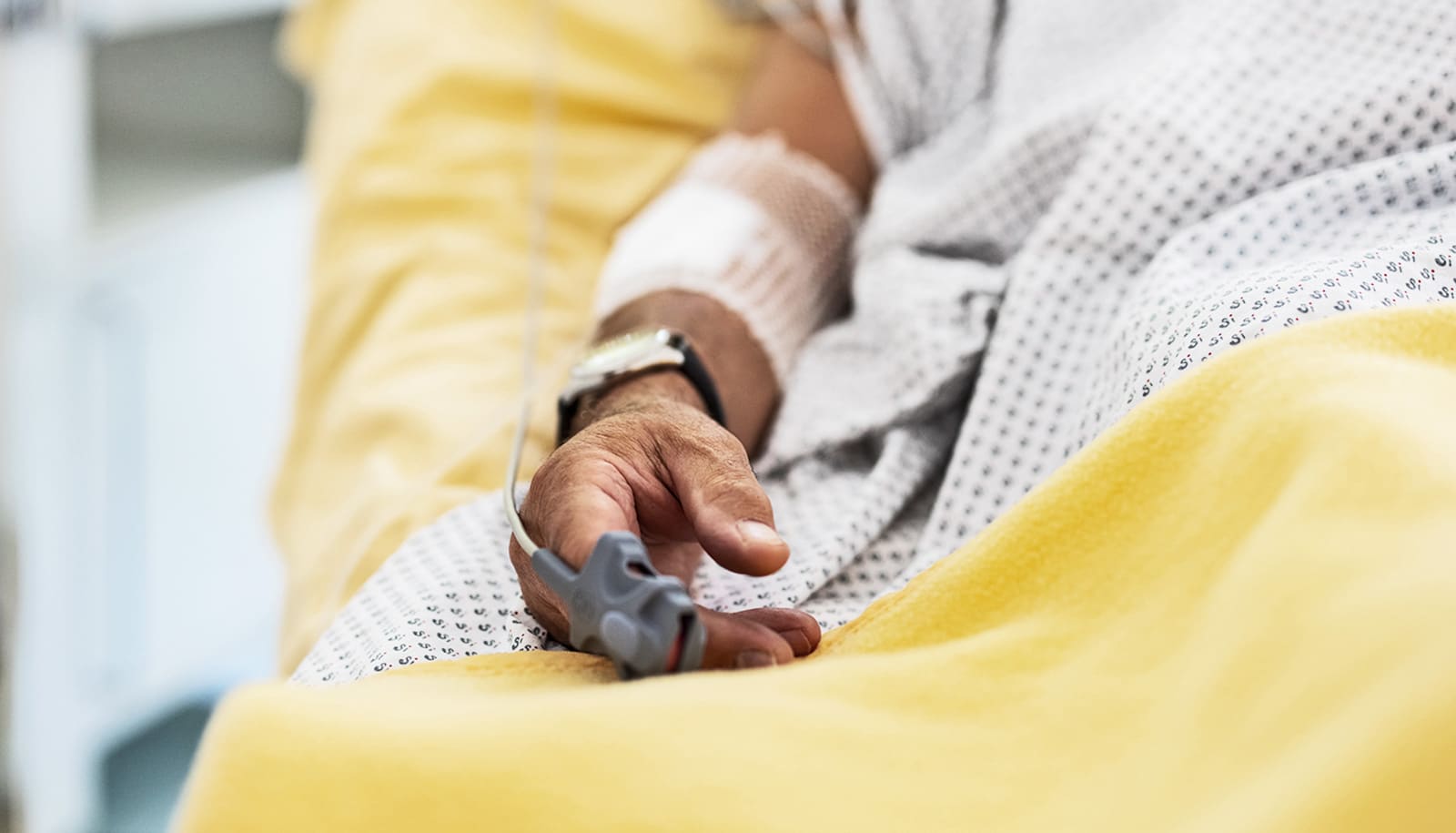Physician burnout is at least equally responsible for medical errors as unsafe medical workplace conditions, if not more so, according to a new study.
“If we are trying to maximize the safety and quality of medical care, we must address the factors in the work environment that lead to burnout among our health care providers,” says Tait Shanafelt, director of the WellMD Center at Stanford University and associate dean of the university’s School of Medicine.
“…physicians with burnout had more than twice the odds of self-reported medical error.”
“Many system-level changes have been implemented to improve safety for patients in our medical workplaces. What we find in this study is that physician burnout levels appear to be equally, if not more, important than the work unit safety score to the risk of medical errors occurring,” he explains.
Medical errors are common in the United States. Previous studies estimate these errors are responsible for 100,000 to 200,000 deaths each year. Limited research, though, has focused on how physician burnout contributes to these errors, the new study finds.
The researchers sent surveys to physicians in active practice across the United States. Of the 6,695 who responded, 3,574—55 percent—reported symptoms of burnout. Ten percent also reported that they had made at least one major medical error during the prior three months, a figure consistent with previous published research, the study says. Researchers also asked the physicians to rank safety levels in the hospitals or clinics where they worked using a standardized question to assess work unit safety.
“We found that physicians with burnout had more than twice the odds of self-reported medical error, after adjusting for specialty, work hours, fatigue, and work unit safety rating,” says lead author Daniel Tawfik, an instructor in pediatric critical care medicine. “We also found that low safety grades in work units were associated with three to four times the odds of medical error.”
“This indicates both the burnout level as well as work unit safety characteristics are independently related to the risk of errors,” Shanafelt says.
Physician burnout has become a national epidemic, with multiple studies indicating that about half of all doctors experience symptoms of exhaustion, cynicism, and feelings of reduced effectiveness. The new study notes that physician burnout also influences quality of care, patient safety, turnover rates, and patient satisfaction.
“Today, most organizations invest substantial resources and have a system-level approach to improve safety on every work unit. Very few devote equal attention to address the system-level factors that drive burnout in the physicians and nurses working in that unit,” Shanafelt says.
Changing schedules take a toll on medical interns
“We need a holistic and systems-based approach to address the epidemic of burnout among health care providers if we are truly going to create the high-quality health care system we aspire to,” he says.
The study also showed that rates of medical errors actually tripled in medical work units, even those ranked as extremely safe, if physicians working on that unit had high levels of burnout. This indicates that burnout may be an even a bigger cause of medical error than a poor safety environment, Tawfik says.
“Up until just recently, the prevailing thought was that if medical errors are occurring, you need to fix the workplace safety with things like checklists and better teamwork,” Tawfik says. “This study shows that that is probably insufficient. We need a two-pronged approach to reduce medical errors that also addresses physician burnout.”
In addition to their effect on patients, both errors and burnout can also have serious personal consequences for physicians.
“We also know from our previous work that both burnout and medical errors independently double the risk of suicidal thoughts among physicians,” Shanafelt says. “This contributes to the higher risk of death by suicide among physicians relative to other professionals.”
For better patient care, prevent nurse burnout
The study appears in the Mayo Clinic Proceedings.
Additional researchers from Stanford and the Mayo Clinic also contributed to the study.
The National Institutes of Health, the Jackson Vaughan Critical Care Research Fund, the Mayo Clinic Program on Physician Well-Being, the American Medical Association funded the work, along with Stanford’s medicine department.
Source: Stanford University



